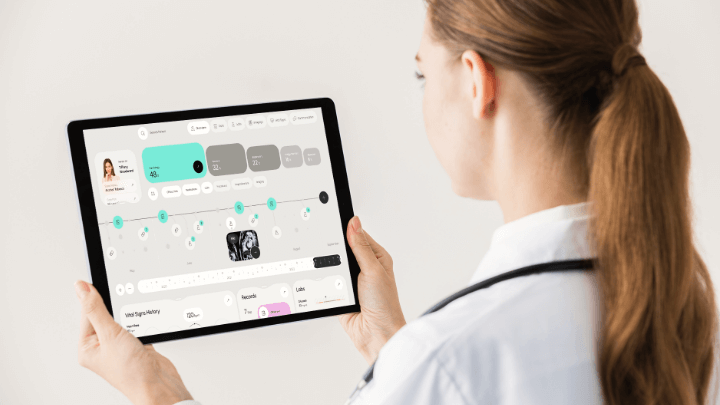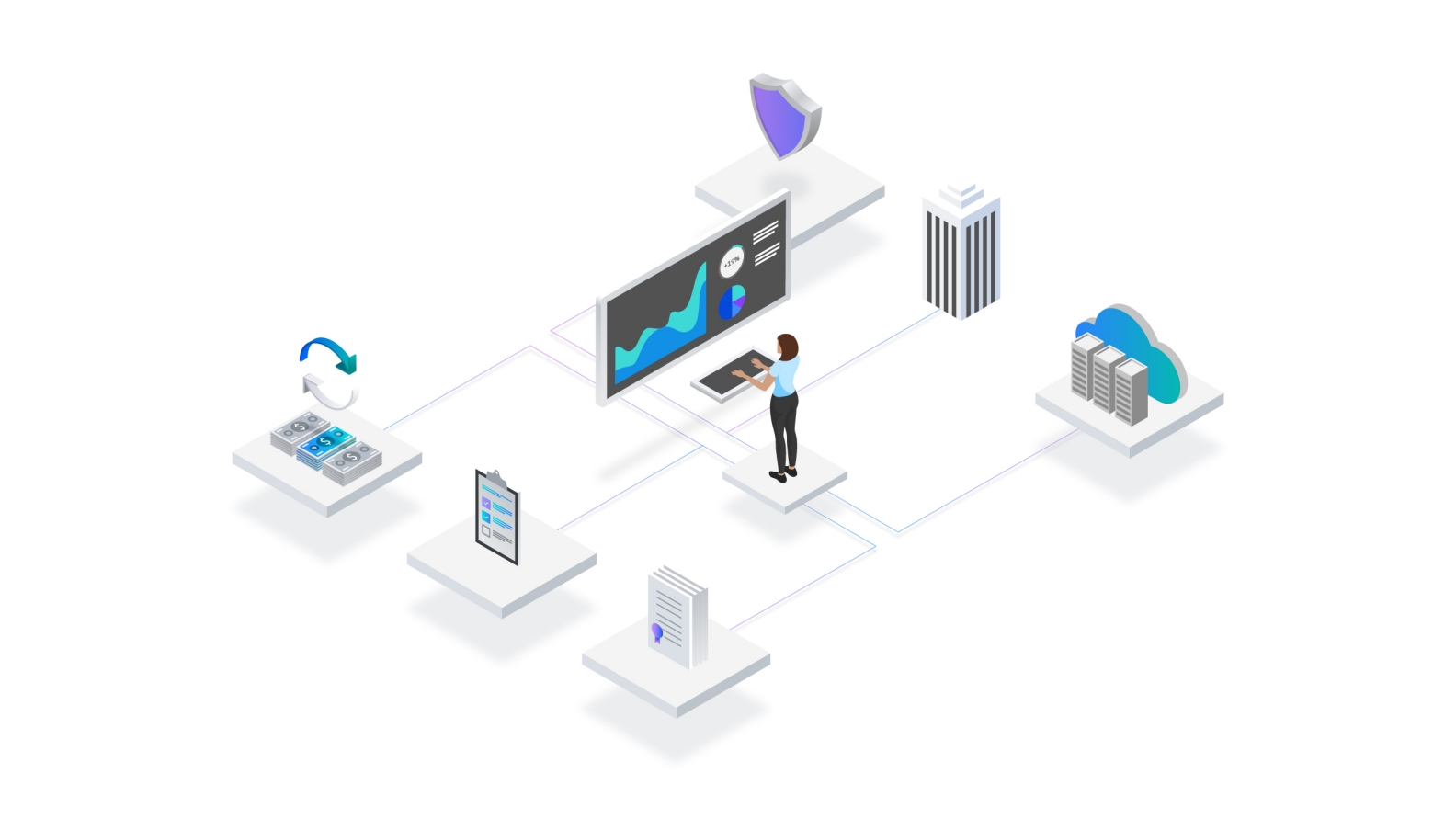
THE POWER OF IOT: APPLICATIONS OF INTERNET OF THINGS IN DIGITAL INTENSIVE CARE UNITS
In the era of digital healthcare, the Internet of Things (IoT) has emerged as a transformative force, revolutionizing the way medical data is collected, monitored, and analyzed. Nowhere is the potential of IoT more pronounced than in intensive care units (ICUs), where real-time monitoring and precise data analysis can mean the difference between life and death. In this blog post, we'll explore the diverse applications of IoT in digital ICUs and how this technology is reshaping the future of critical care.
Real-Time Patient Monitoring
One of the most significant advantages of IoT in ICUs is its ability to enable real-time patient monitoring. Through a network of interconnected devices, sensors, and wearables, healthcare providers can continuously track vital signs such as heart rate, blood pressure, oxygen saturation, and respiratory rate. This constant stream of data provides clinicians with invaluable insights into patient health status, allowing for early detection of complications and prompt intervention when necessary.
Smart Medical Devices
IoT technology has paved the way for the development of smart medical devices that can seamlessly integrate into the ICU environment. From smart infusion pumps and ventilators to wearable biosensors and remote patient monitoring systems, these devices are equipped with sensors and connectivity features that enable automated data collection and transmission. By harnessing the power of IoT, healthcare providers can remotely monitor patients' conditions, adjust treatment parameters, and receive real-time alerts in case of emergencies.

Predictive Analytics and Decision Support
IoT-generated data holds immense potential for predictive analytics and decision support in ICUs. By analyzing historical patient data and real-time sensor readings, machine learning algorithms can identify patterns, trends, and anomalies that may indicate impending health crises. This predictive capability allows healthcare providers to anticipate patient deterioration, optimize treatment plans, and allocate resources more effectively, ultimately improving patient outcomes and reducing healthcare costs.
Enhanced Patient Experience
In addition to improving clinical outcomes, IoT technologies can enhance the overall patient experience in ICUs. Connected devices and interactive interfaces enable patients to stay informed about their health status, communicate with caregivers, and participate in their care plan more actively. By empowering patients to take a more proactive role in their recovery process, IoT fosters greater engagement, satisfaction, and adherence to treatment protocols.
Challenges and Considerations
While the potential benefits of IoT in digital ICUs are undeniable, implementation challenges and considerations must be addressed. These include data privacy and security concerns, interoperability issues, regulatory compliance, and the need for robust infrastructure and technical support. Healthcare organizations must invest in comprehensive cybersecurity measures, data governance policies, and staff training to safeguard patient data and ensure the reliability and integrity of IoT systems.
In conclusion, the Internet of Things is revolutionizing the practice of critical care by enabling real-time monitoring, smart medical devices, predictive analytics, and enhanced patient engagement in digital intensive care units. By harnessing the power of IoT, healthcare providers can deliver more personalized, proactive, and efficient care to patients, leading to improved clinical outcomes and a better overall patient experience. As IoT continues to evolve and mature, its transformative impact on critical care will only continue to grow, shaping the future of healthcare delivery for years to come.
METAKSOFT LIMITED's Meta4ICU product is produced in accordance with IoT technology
